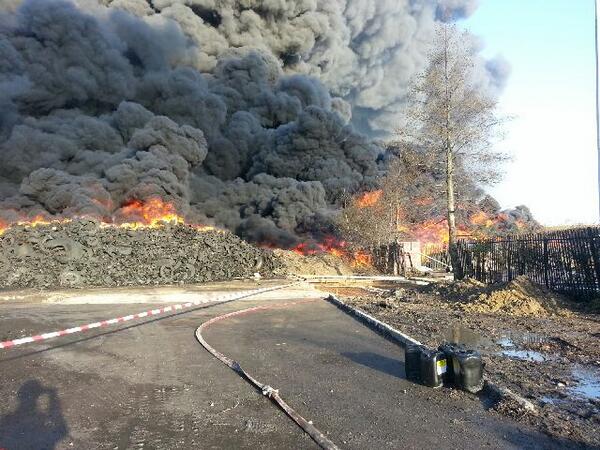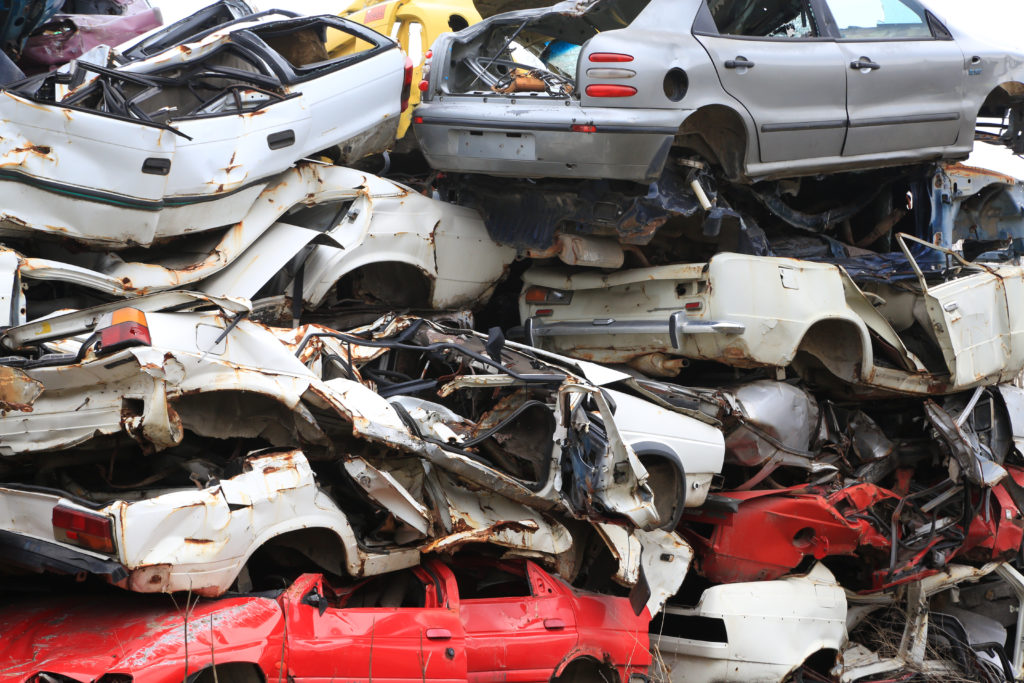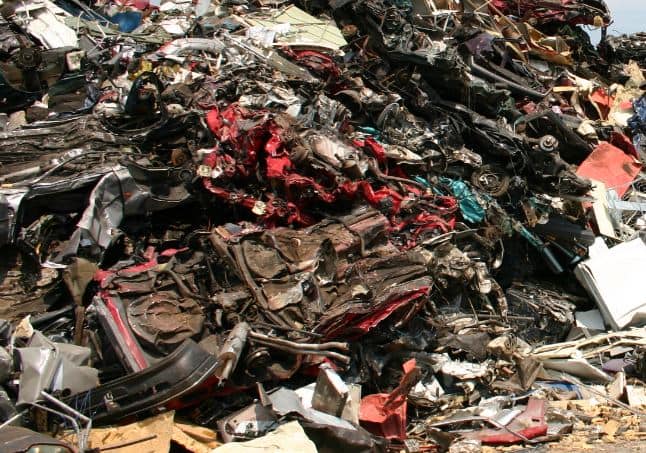The final version of the fire control guidance – which applies to waste sites where more than 50 cubic metres of solid combustible waste is stored at any one time – provides greater clarity on waste bale separation distances and stack sizes for those in the wood, tyre and paper sectors.

It comes after some industry members said they had been overlooked during the consultation process, which was described by the Tyre Recovery Association as ‘wholly disingenuous’ (see letsrecycle.com story).
Revisions
Under the revised guidance, WISH has clarified how operators can improve on-site fire prevention measures if they already have ‘extensive’ fire systems in place – which include effective drench or sprinkler systems in external storage areas.
And, the organisation claims that those who can provide additional fire prevention solutions – or have successfully extinguished a fire on-site using fire suppression equipment – may be able to reduce the separation distances between bales or increase their stack sizes in some instances.
The document goes on to direct those in the tyre recycling sector to the Health & Safety Executive’s ‘Spontaneous heating of piled tyre shred and rubber crumb’ – which offers further advice on how to control the risk of spontaneous combustion.
However, WISH Forum chair Chris Jones has pointed out that further revisions will be made to the guidance after live stack burns have been conducted to determine the combustion properties of some waste materials.
WRA
Earlier this month, the Wood Recyclers’ Association agreed to help fund practical fire tests to establish stack sizes and separation distances for waste wood, after it proposed limits set out by the Environment Agency’s temporary guidance note were ‘inoperable’ (see letsrecycle.com story).
Research into live stack burns is due to be conducted in December 2014, with the results to be included in further revisions in the spring of 2015.
Mr Jones told letsrecycle.com: “What we have tried to do is address the particular concerns for those in the industry who already have fire prevention measures in place.
“This is the point where we think that feedback has been most promising; more than 95% of those consulted have responded positively.”
He added: “There are some areas that still need work, for instance we haven’t fully addressed textiles and although refuse-derived fuel is covered we might need slightly different parameters after testing.”
[testimonial id = “59” align=”right”]
ESA
Commenting on the latest round of guidance today, Environmental Services Association (ESA) director general, Barry Dennis said: “ESA and its Members take the risk of fires at waste management facilities very seriously, and we therefore welcomed the opportunity to work with WISH, the Chief Fire Officers Association and other partners, to develop guidance on the steps that should be taken, by operators, to maintain an appropriate level of fire safety on site.
“The basic premise of this guidance is that it is unacceptable to store combustible waste material in large and uncontrolled piles. Within the guidance, solutions are offered to safely manage the storage of materials susceptible to combustion.”
He added: “We recommend that all operators consult this guidance when planning the storage of combustible waste materials on their sites.”








Subscribe for free